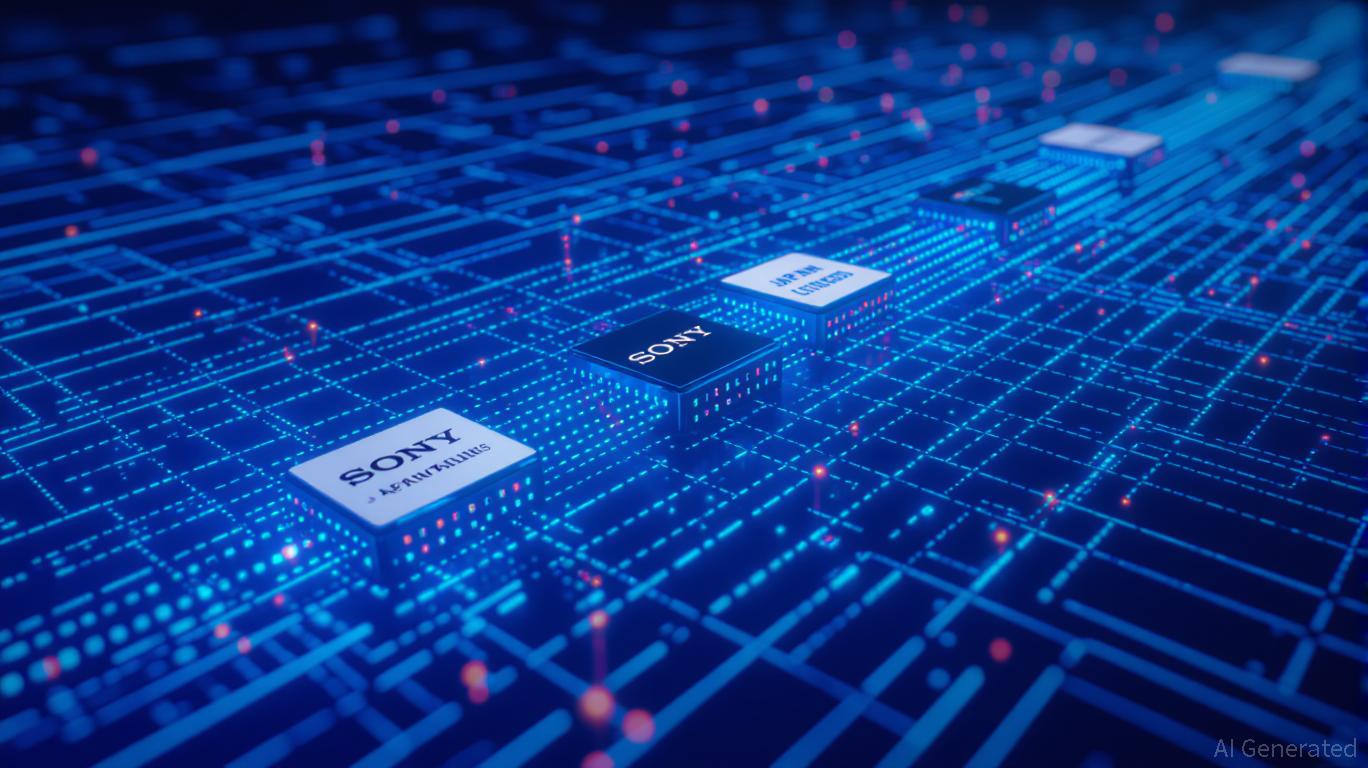Ethereum’s Fusaka Update: Advancing Scalability for a Rollup-Driven Tomorrow
- Ethereum's 2025 Fusaka upgrade introduces PeerDAS (EIP-7594) to boost scalability by reducing L2 transaction costs through partial blob data verification. - The upgrade aims to increase blob capacity from 6-9 to 48 per block without compromising decentralization, benefiting L2 platforms like Arbitrum and Optimism. - PeerDAS enables statistical sampling of blob data, lowering bandwidth demands while addressing L2 economic bottlenecks and potentially driving dApp adoption. - Testing phases (Devnet-3 to Dev

The Fusaka upgrade for Ethereum, anticipated for release in late 2025, is designed to boost scalability and lower Layer 2 (L2) transaction expenses by introducing PeerDAS (Peer Data Availability Sampling), which is central to
This upgrade is set to benefit L2 solutions like
The timeline for Fusaka depends on successful testing. Developers have recently finished non-finality testing on Fusaka Devnet-3 and are moving forward to Devnet-5, which will focus on improving blob data management and validator performance title3 [ 3 ]. Although the upgrade is planned for November or December 2025, past delays in Ethereum’s upgrade history remain a concern. For example, the Pectra upgrade faced several postponements after initial setbacks in 2024 title1 [ 1 ]. Despite these obstacles, the Ethereum community is cautiously optimistic, with Christine Kim from Galaxy emphasizing that the structured testing process favors stability over speed title3 [ 3 ].
Fusaka’s impact goes beyond technical enhancements. By improving data availability and lowering L2 expenses, the upgrade could bolster Ethereum’s standing against rival smart contract platforms and encourage broader adoption of decentralized applications (dApps), DeFi services, and NFT markets title3 [ 3 ]. Experts also believe that increased throughput and reduced fees may attract more developers to build on Ethereum, reinforcing its position as the settlement layer in a rollup-focused ecosystem title6 [ 6 ]. Institutional validators, in particular, could see operational costs drop, potentially drawing new participants to the network title1 [ 1 ].
Nevertheless, integrating PeerDAS brings new challenges. For instance, block proposers must apply erasure coding to blobs and create cryptographic proofs within strict timeframes, which could raise hardware demands for individual stakers. Moreover, since the system relies on distributed data sampling, the network’s security hinges on having enough active nodes—a risk Ethereum’s developers are addressing with incentive strategies title6 [ 6 ]. Even with these hurdles, the Ethereum Foundation and core development team remain dedicated to ongoing testing and refinement, aiming to ensure the upgrade supports the network’s long-term scalability objectives.
Disclaimer: The content of this article solely reflects the author's opinion and does not represent the platform in any capacity. This article is not intended to serve as a reference for making investment decisions.
You may also like
Astar (ASTR) Price Rally: Cross-Chain Compatibility Fuels Altcoin Value Growth
- Astar (ASTR) surged in late 2025 due to strategic blockchain interoperability advancements and partnerships. - Collaboration with HTX includes TGE Catalyst Grants, listing acceleration, and CEX partnerships to boost DeFi adoption. - Astar 2.0's zkEVM and CCIP integration achieved 150,000 TPS, targeting 300,000 TPS by 2025 with enterprise partnerships. - Interoperability-driven projects like Astar are reshaping altcoin valuations, aligning with growing institutional DeFi demand.

Astar 2.0 Debut and Its Impact on the Blockchain Landscape
- Astar 2.0 emerges as a strong contender in institutional blockchain adoption through Polkadot-based scalability and interoperability innovations. - Institutional confidence grows with $3.16M ASTR purchase, 20% QoQ wallet growth, and partnerships with Sony , Casio, and Japan Airlines. - Astar's 6-second block time, 150k TPS throughput, and Chainlink CCIP integration contrast with Bitcoin/Ethereum's scalability struggles and ETF outflows. - Projected $0.80–$1.20 ASTR price by 2030 hinges on Evolution Phase

ZEC rises 6.03% following the launch of a privacy-focused treasury
- Zcash (ZEC) surged 6.03% in 24 hours, with 1-year gains hitting 1164.07%, driven by institutional backing and privacy-focused adoption. - Cypherpunk Technologies established a $50M ZEC treasury via a $58.88M Winklevoss Capital-led private placement, acquiring 1.25% of total ZEC supply. - CEO Douglas Onsi outlined plans to accumulate 5% of ZEC supply, while preparing a Nasdaq listing (CYPH) and retaining biotech operations under Leap Therapeutics. - Tyler Winklevoss endorsed Zcash as "encrypted Bitcoin ,"
Vitalik Buterin Backs ZKsync: Is This the Next Era for Layer 2 Expansion?
- Vitalik Buterin's endorsement elevates ZKsync's Atlas upgrade as a key Ethereum Layer 2 scaling solution. - ZKsync's 15,000 TPS Atlas and upcoming 30,000 TPS Fusaka upgrades boost institutional adoption and real-time transaction capabilities. - ZK token's 65% rally faces pressure from token unlocks, while ZKsync competes with Arbitrum and Optimism for TVL and enterprise contracts. - Partnerships with Deutsche Bank and Citi highlight ZKsync's institutional traction in private transaction frameworks. - Ana
